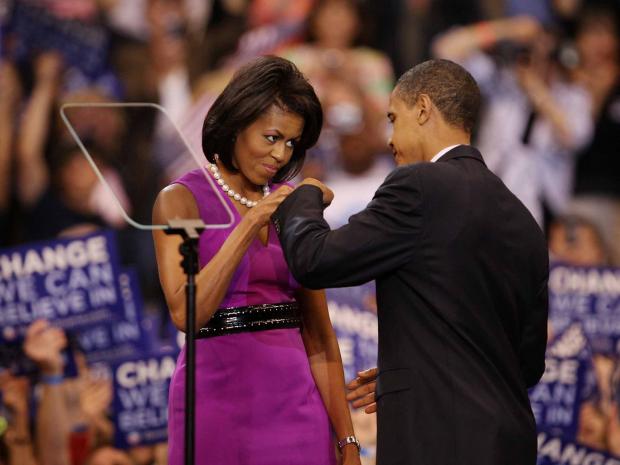01.05.17Final Thoughts on Fist Bumps and Relationships

The relationship makes the fist bump meaningful, not the other way around
If you are a regular visitor to this blog, you probably read my colleague Dan Cotton‘s series of outstanding posts over the course of this past year on the topic of building relationships with students. Dan’s reflections began with a fist bump–or more precisely with a reflection on the guidance we’d heard teachers given to use things like fist bumping to build relationships with kids. Dan observed that a fist bump was only meaningful if it signaled a moment where a teacher helped a student to accomplish something. We should set out to teach and cap the high points with a fist bump, rather than set out to use fist bumps as a tool to allow us to teach.
As a coda to his three insightful posts, Dan now offers this final reflection and a short video–of a fist bump, naturally:
Earlier this year I wrote a series of posts about student-teacher relationships, exploring the importance of warmth and competence (here), the role of content in the student-teacher dynamic (here) and how TLAC techniques enable and enhance feelings of being safe, successful, and known (here). A few weeks after the final post went up, our team watched the short clip below of Caitlin Webster from Uncommon School’s Bed Stuy Collegiate. We loved it. In 56 seconds, it encapsulates the ideas in all three posts so we wanted to share it.
Webster Relationship Building from Uncommon Schools on Vimeo.
Caitlin’s math scholars are working independently. She’s circulating, acknowledging correct work, offering suggestions and cues to students with errors. Her attentiveness to student work—I’m noticing your individual efforts and it matters to me whether you’re getting it right or wrong—itself is a relationship deposit. She arrives at the scholar below, whose hand is not up, but is paused and begins to study his work.
Caitlin’s languages affirms where he is on the right track – “I love this…I like this…” – and then focuses the scholar on where his thinking derailed: “But I got a different answer so let’s look at your model and figure out what the answer should be.” There’s an implied “us” in the subtle “so let’s look” and then the scholar works through his model again and arrives at the correct answer. Caitlin confirms his understanding (and ability to replicate success in the future) by having him identify the answer in his chip model, and then extends her hand for a fist bump. The scholar reciprocates, and within half a second, he’s head down and back to work, obviously eager to keep applying himself to his math.
It would be easy to focus on the fist bump as the relationship building move – and in its quick and understated tone, its affirmation of effort, success, and team it is a beautiful moment – but then we might miss seeing the relationship building implications of all the teacher moves prior to the fist bump that resulted in the fist bump being earned and meaningful–her circulating, the anticipation that scholars are going to make mistakes, her emotional constancy, the attentive reading of scholar work, and the skillful questioning that enabled the scholar to get to the answer on his own. It’s also worth noting that Caitlin can only have this attentive, uninterrupted 1:1 moment because all of her other scholars are productively working (which she confirms several times when she looks up for a quick scan across the room). The accumulation of small moments like this one—earned success in the context of doing the work—connects scholars to their teachers. I suspect that at the end of this exchange the scholar feels safe, successful, and known. The fist bump itself doesn’t foster these feelings, but punctuates their emergence with a deft and genuine touch.
